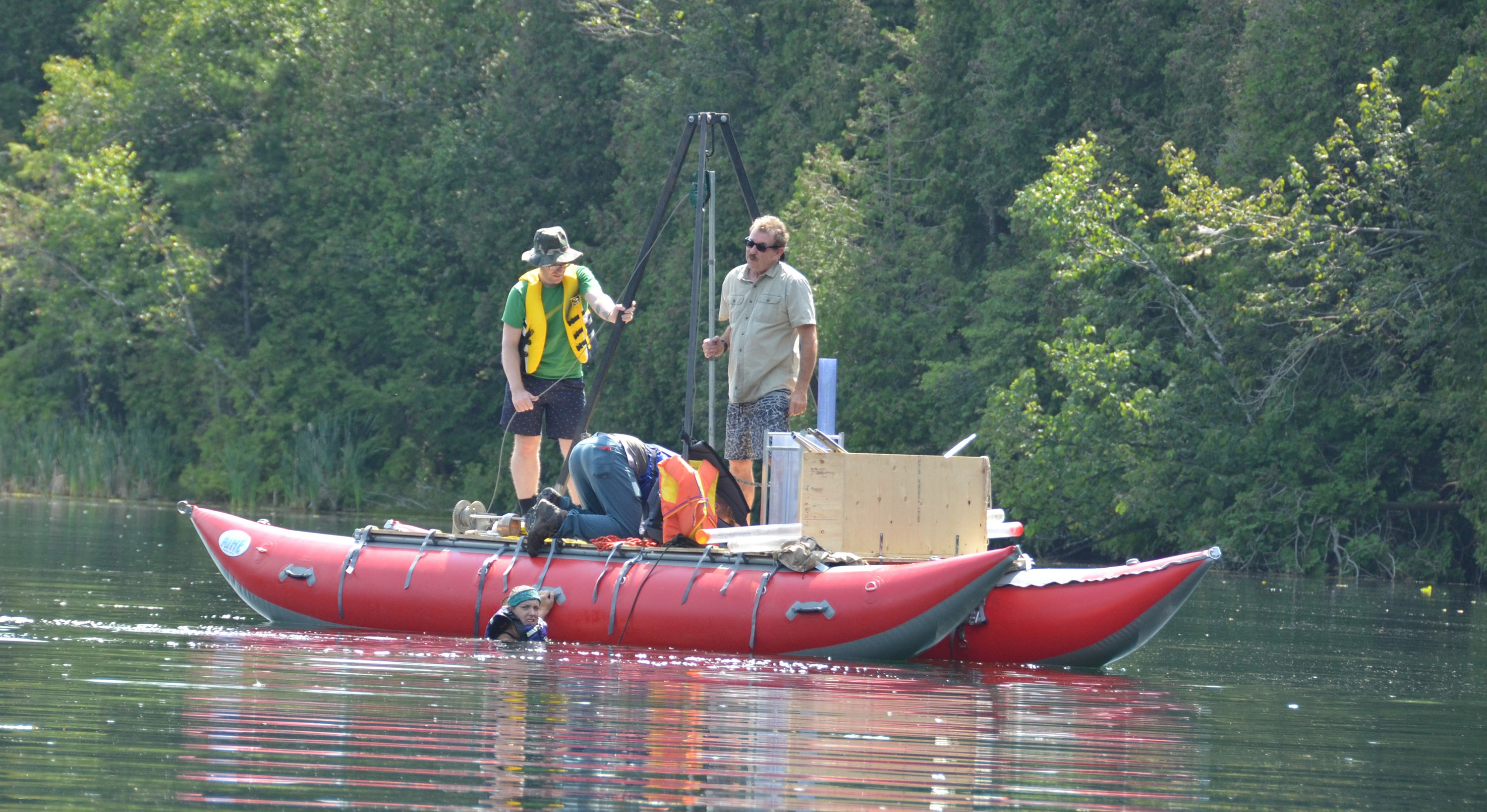Drs. Nancy Cook (Associate Professor, Department of Sociology) and David Butz (Professor, Geography and Tourism Studies), recently published a book titled Mobilities, Mobility Justice and Social Justice. Learn more about the book below.

Description:This collection investigates the relationship between mobilities and social justice to develop the concept of mobility justice.
Two introductory chapters outline how social justice concepts can strengthen analyses of mobility as socially structured movement in particular fields of power, what new justice-related questions arise by considering uneven mobilities through a social justice frame, and what a ‘mobile ontology’ contributes to understandings of justice in relation to 21st-century social relations. In 15 subsequent chapters, authors analyze the material infrastructures that configure mobilities and co-constitute injustice, the justice implications of ‘more-than-human’ movements of food and animals, and mobility-related injustices produced in relation to institutional acts of governance and through micro-scale embodied relations of race, gender, class and sexuality that shape the uneven freedom of human bodily movements.
The volume brings numerous scales, types and facets of mobility into conversation with multiple approaches to social justice in order to theorize mobility justice and reimagine social justice as a mobile concept appropriate for analyzing the effects and ethics of contemporary life. It is aimed at scholars and upper-level students in the interdisciplinary fields of critical mobilities and social justice, especially from disciplinary locations in geography, sociology, philosophy, transport planning, anthropology, and design and urban studies.
















